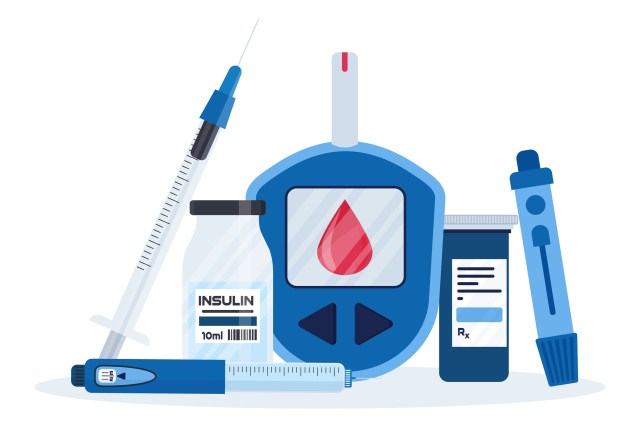Course Summary
Without proper prevention and lifestyle adjustments, people diagnosed with prediabetic states will likely progress to type 2 diabetes. The development of type 2 diabetes is not inevitable. Choosing a healthy lifestyle and being motivated to improve health, such as being physically active and maintaining a healthy weight can help a person maintain normal blood glucose levels. The American Diabetes Association recommends routine screening for type 2 diabetes beginning at age 45 especially for people who are overweight. Individuals who have normal screening test results should repeat screening every three years. Screening is also recommended for people who are under 45 and overweight if there are other diabetes risk factors and other comorbid and/or family risk factors. In the United States the prevalence of diabetes tends to vary according to socioeconomic and other factors. There is an ongoing need for provider-patient education and engagement to improve patient guidance and adherence with proper treatment.
Course Format
Homestudy
Course Syllabus
- I. Introduction
- 1. Epidemiology
- II. Prediabetes versus Diabetes
- III. Diabetes Type 2
- IV. Diagnosis of Type 2 Diabetes
- 1. Glycated Hemoglobin
- 2. Random Blood Sugar
- 3. Fasting Blood Sugar
- 4. Oral Glucose Tolerance
- 5. Post-diagnosis
- V. Lifestyle Changes for Type 2 Diabetes
- 1. Diet
- 2. Exercise
- VI. Pharmacological Treatment: Insulin
- 1. Insulin
- VII. Pharmacological Treatment: Oral Forms of Medication
- 1. Metformin
- VIII. Sulfonylureas
- 1. Glyburide
- 2. Glipizide
- 3. Glimepiride
- IX. Meglitinides
- 1. Repaglinide (Prandin®)
- 2. Nateglinide (Starlix®)
- X. Thiazolidinediones
- 1. Rosiglitazone (Avandia®)
- 2. Pioglitazone (Actos®)
- XI. DPP-4 inhibitors
- 1. Sitagliptin (Januvia®)
- 2. Saxagliptan (Onglyza®)
- 3. Linagliptin (Tradjenta®)
- XII. GLP-1 Receptor Agonists
- 1. Exenatide (Byetta®)
- 2. Liraglutide (Victoza®)
- 3. Semaglutide (Ozempic®)
- XIII. SGLT2 Inhibitors
- 1. Canagliflozin (Invokana®)
- 2. Dapagliflozin (Farxiga®)
- 3. Empagliflozin (Jardiance®)
- XIV. Case Studies of Patients with Type 2 Diabetes Mellitus
- 1. Case 1: Failure of Metformin Monotherapy
- 2. Case 2: Failure of Metformin and a DPP-4 Inhibitor
- XV. Summary
Author
Kellie Wilson, PharmD
Kellie Wilson is a Doctor of Pharmacy practicing in Anaconda, Montana, where she lives with her husband and four children. She attended the University of Montana in Missoula where she graduated in 2009 with a doctorate in pharmacy. She later worked in Boise, Idaho for a large, retail pharmacy for 2 years, and then returned home to Montana to oversee an independently owned retail and long-term care pharmacy in Anaconda. As an independent retail pharmacist she has become very involved in psychiatric pharmacy for two major behavioral health organizations that are located around all of Montana. Kellie’s passion is retail pharmacy because she enjoys the interactions with customers as well as the challenges and rewards of staying current with the continuous changes in the pharmacy field.


